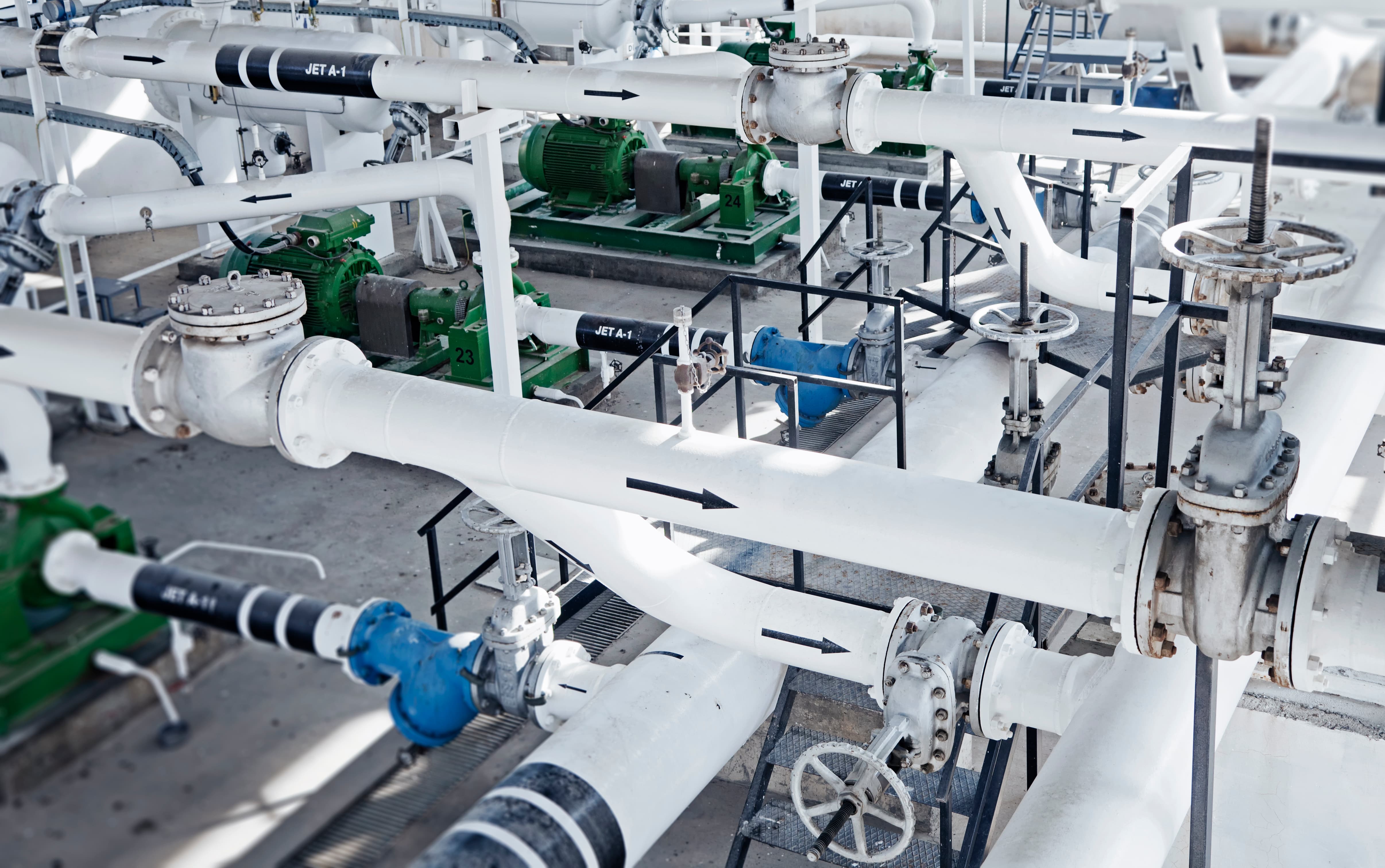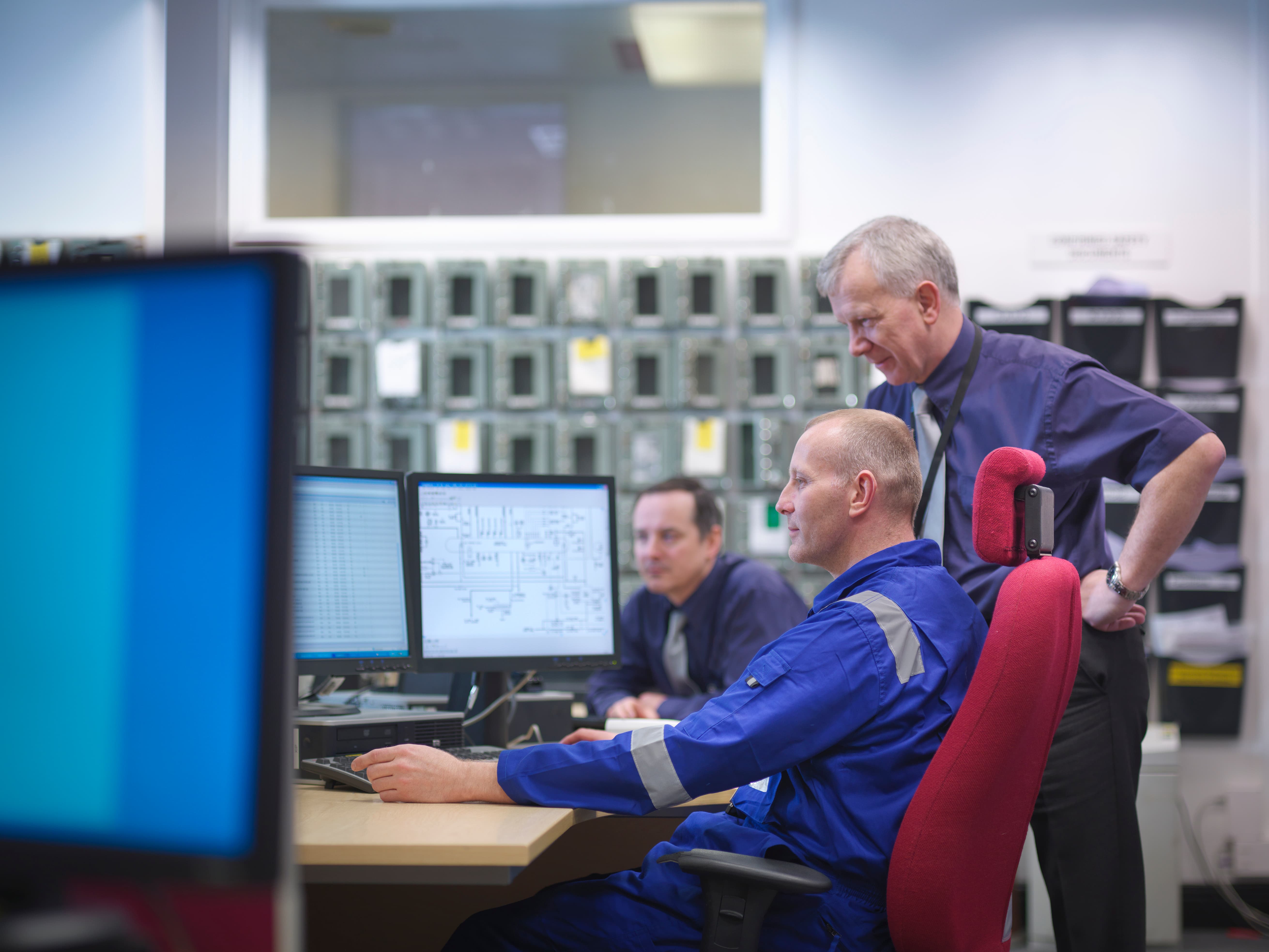Increasing safety and pipeline performance through application systems redundancy
Redundancy in leak detection systems increases pipeline safety and performance
Ensuring the availability of operationally critical systems is fundamental to oil and gas pipeline performance and safety. For this blog post I am delighted to introduce you to our guest blogger Vinita Nanda. Vinita, who is based in our Katy Texas office, has vast experience in software development and currently leads our pipeline ecosystem platform team. She has been a senior developer in our Synergi Pipeline Simulator product team since 2009 and for the past 5 years has led the development team, during which time we have saw numerous major advances in the product. The latest of these is the introduction of robust in-built system redundancy support within Synergi Pipeline Simulator enabling a major improvement in system availability for pipeline control room applications.
Here, Vinita describes the underlying business need and how she and the team have delivered upon this critical need.
Pipeline control room engineers – the unsung heroes!

Pipelines are a part of our critical energy infrastructure
On the front line of pipeline operations, control room engineers are challenged every day to keep our pipeline infrastructure operating effectively and safely. Central to this is keeping the 24×7 critical systems operational and accessible. Therefore, control room operators strive to achieve maximum up-time of these systems without compromising performance. Among these system, leak detection is a key component and has become increasingly important to pipeline operations.
No single software system can be available all of the time. Because of this, mission critical leak detection systems are expected to recover from any system failure within a short time span, typically a few minutes. The most effective solution to ensure continuity of operation for critical systems is to introduce an element of redundancy.
What is system redundancy?
Redundancy is the concept of duplication of operationally critical components to increase the reliability and fault tolerance of the system. Critical components of redundancy include host server machines, client workstations, and software applications. Redundant systems are where redundant, standby servers maintain synchronized data through a dedicated network. If the primary server is lost, the secondary server takes over where the primary has left off. The concept of redundancy applies to fail-over, both hardware and software. It is also important to ensure that the duplication maintains a virtual copy of the primary system.
Expectations of redundancy in pipeline systems
The expectation is that redundant system will have the following characteristics:
- In case of failure, provide an automatic backup that can deliver data almost instantly (within a few minutes).
- Primary and secondary systems must stay synchronized – both the configuration files and the run time conditions.
- Data from the active system, whether primary or secondary, is published to the users (user interface, third party data tools, etc.).
- Key processes run automatically.
These needs have been embraced in the latest version of Synergi Pipeline Simulator, ensuring that DNV’s leak detection solutions are available 24×7.
Key components of system redundancy
In an online setup, Supervisory Control and Data Acquisition (SCADA) data provides critical information to operators that allows them to make better informed decisions. Decisions, that directly impact the effectiveness and safety of the pipeline. All of these pipeline operations must have a high availability, many companies run copies of these models on secondary machines, so that their services are available, even if the primary machine fails for any reason.

Control rooms are becoming the digital nerve-center of oil and gas pipelines
Synergi Pipeline Simulator's redundancy framework for active and backup models brings to the pipeline industry a major advance in ensuring system availability. This is achieved via these key elements of the solution:
- Single model instances understand that they are in a cooperative group and are aware of the group and its instances.
- At any point in time, one of the model instances is designated as active, while the other instances are standby.
- Operating companies may put multiple model groups (each for a single pipeline) into a Redundancy Cluster. The cluster is managed from the Redundancy Manager, which displays key information about each of the model groups, and model instances within those groups.
- Commands sent to the active model (such as adjustments to tuning parameters) are picked up and executed by the standby models, keeping the models synchronized.
- Synergi Pipeline Simulator’s visualization application Viewport, can be configured to attach to the active model of a group. If a different model becomes active, the attachment tracks that change.
A part of the DNV Pipeline digital asset ecosystem
Synergi Pipeline Simulator and our leak detection solutions are a part of DNV's extensive set of digital technologies for the management of pipelines. These solutions are available as a part of our Pipeline Digital Asset Ecosystem platform which brings together industry leading capabilities in hydraulic modelling, integrity management and risk assessment for oil and gas pipelines, gas distribution networks and water pipelines.
Author: Vinita Nanda
11/27/2018 4:43:59 PM
